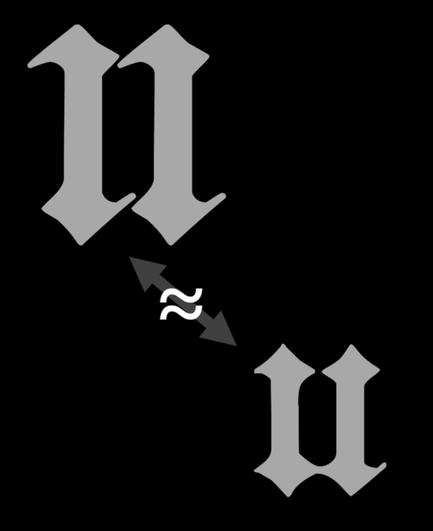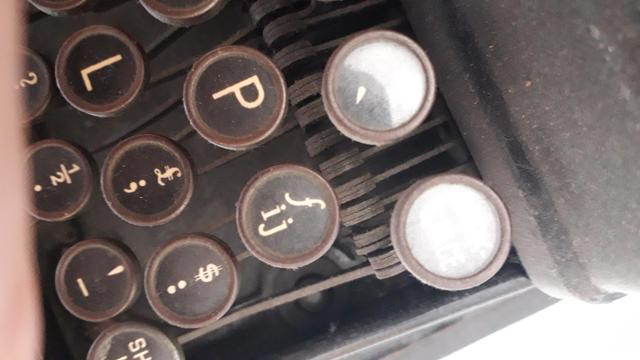What does it say in the image?
It says 'minimum'.
Hard to read? Medieval scribes thought so too.
That's why they invented the dot on the i.
This way, you could at least see which strokes represented vowels - and that helped a lot.
For similar reasons, the letter j was invented.
Two ... 2/




